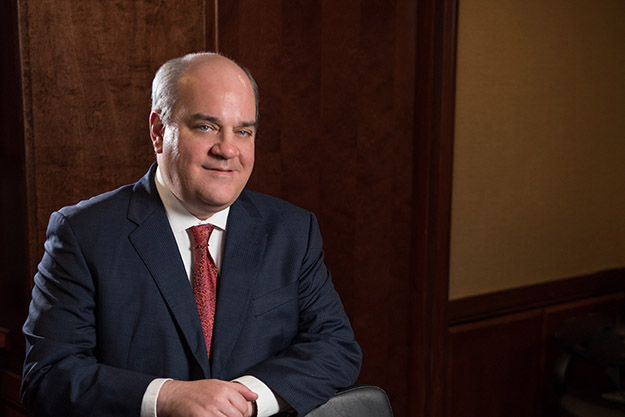Article
Resources
Article
DOL Reacts to Court Decision Regarding FFCRA Rules; Revises Parts of Their Old Rule, but Reaffirms Other Parts

Last month, we discussed a decision out of the Southern District of New York ("SDNY") that invalidated parts of the DOL’s temporary rule that interpreted provisions of the FFCRA, the federal law that created both paid sick leave for certain COVID-related absences and a new category of paid FMLA leave for workers with COVID-related child care issues. Our prior summaries of the law can be found here.
The DOL has responded to that ruling by revising its temporary rule in several ways. Sometimes it revised its rule along the lines of the court’s ruling, but other times it offered a more in-depth explanation for its original rule and reaffirmed its position. The revised rule will go into effect immediately upon publication in the Federal Register – expected to be Wednesday, September 16. Here are the key points.
What Changed?
Health Care Provider
The most significant change is that the DOL revised the definition of a “health care provider” that an employer can exclude from the provisions of the FFCRA. The actual statute allows employers to exclude “health care providers” from the right to take paid leave (or extended FMLA). The original DOL rule defined that term very broadly and essentially allowed any business in the health care field to exclude their entire workforce. The SDNY found that provision to be overbroad and, in evaluating the court’s opinion, the DOL agreed.
Consequently, the DOL’s new rule only includes employees who 1) meet the definition of “health care provider” under the FMLA regulations; or 2) are employed to provide diagnostic services, preventative services, treatment services or other services that are integrated with and necessary to the provision of patient care which, if not provided, would adversely impact patient care.
The rule remains broad, and doctors, nurses, nursing assistants, medical technicians and anyone who directly provides patient care can be exempted. However, those who do not provide direct patient care cannot be exempted. The revised rule specifically identifies information technology professionals, building maintenance staff, human resources personnel, cooks, food service workers, records managers, consultants, and billers as employees who may be NOT be exempted. As a result, employers in the health care field who have been exempting their entire workforce from the FFCRA should stop that practice immediately and begin a thoughtful position-by-position consideration when requests for leave under this act come in.
Time to Provide Notice
The original temporary rule implied that employees must provide supporting documentation before the leave began. The revised rule clarifies that employees must provide the required documentation supporting their need for FFCRA leave as soon as practicable, which is largely in keeping with handling requests under the FMLA.
The DOL does note that in “most cases” the time to provide documentation will be “when the employee provides notice.”
What Stayed the Same?
Work Availability Rule
The SDNY took issue with the DOL’s requirement that employees may only take FFCRA leave when work is available to them. The DOL considered the court’s order, but reaffirmed its original position for a number of reasons, but essentially noting that if the business is closed (or an employee is furloughed), there is no work from which the employee can take leave. The DOL did clarify that this does not allow an employer to “avoid granting FFCRA leave by purporting to lack work from an employee.” The DOL took the position that altering an employee’s schedule in an adverse manner because of a request for FFCRA leave “may be impermissible retaliation.” In general, employers should only rely on the work availability rule when an employee has been furloughed or otherwise placed off work, prior to the request for the leave.
Intermittent Leave
The DOL also reaffirmed and provided additional explanation for the requirement that an employee have employer approval to take FFCRA leave intermittently. Essentially, the DOL pointed back to the actual language of the FMLA that said intermittent leave must be for a medical need or by an agreement between the employer and the employee. Later amendments to the FMLA (such as for military leave) expressly provided for intermittent leave, but the FFCRA was silent to the issue. The DOL reaffirmed that its position is merely reverting to the statutory language because there is no “medical need” to take leave for a child care reason on an intermittent basis, but wanted employers and employees to have the flexibility to deal with the issue.
Is this the end of the saga regarding the DOL’s temporary rule? Probably not, but since the FFCRA expires under its own terms on December 31, 2020, there is little time left for further changes. Nonetheless, please reach out to a Spilman labor and employment attorney if you have any questions about the revised rule or its application to your business.


